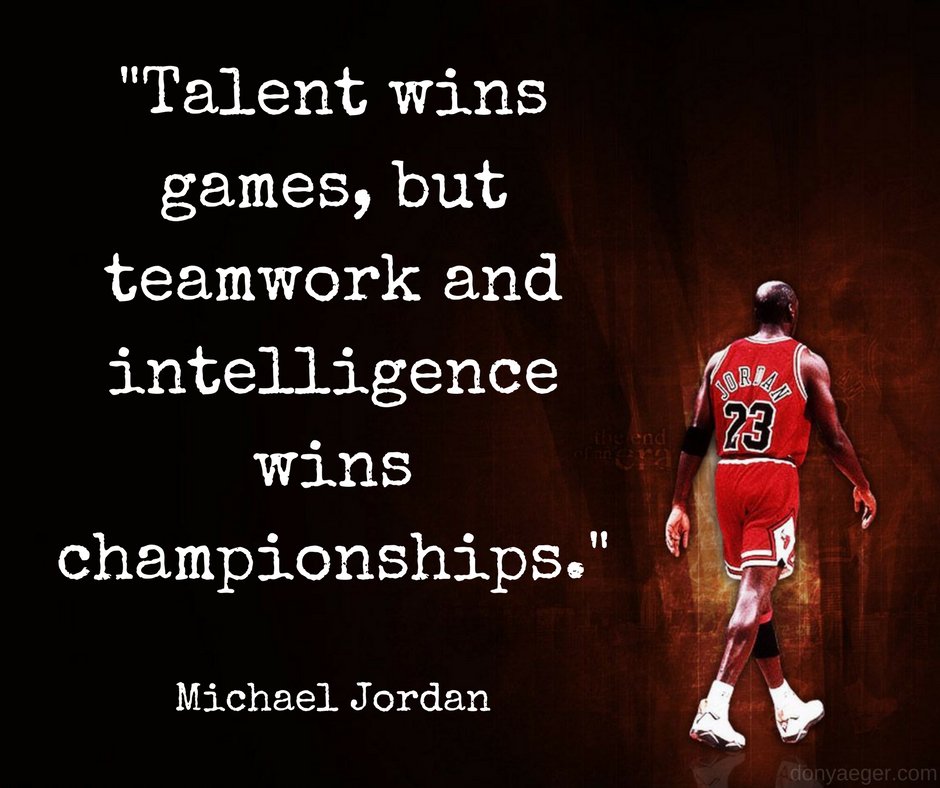Team dynamics to the rescue!
After 25 years in software engineering, I’ve witnessed many projects, from great success stories to those that never quite lived up to their promise. In our profession, success is not just about technology. Sure, we love our frameworks, CI/CD pipelines, and microservices. But the real power of a high-performing team lies in something much deeper: team dynamics.
In this blog I want to dive into the why, how and what of team dynamics and why it’s such a crucial element in the success of your project or organization.
Why team dynamics matter
A well-functioning team is more than a group of smart individuals. It’s a living system where collaboration, communication, and trust are the keys to success. Think of it as the invisible force that determines whether a team operates effectively or struggles.
In practice, technical challenges are often solvable. But when teams get stuck, the root cause is rarely technical. It’s about how people work together, miscommunication, unclear roles, or a lack of psychological safety.
As Michael Jordan famously said, "Talent wins games, but teamwork and intelligence wins championships.".
Software engineering proves this point, individual talent goes much further combined with strong team collaboration. Michael Jordan’s early career perfectly illustrates this lesson. Despite being arguably the most talented player in NBA history, Michael Jordan couldn’t win championships alone. For years, he dominated individual statistics and amazed crowds, but the Chicago Bulls kept falling short in the playoffs. Once Michael Jordan embraced team dynamics by sharing the ball, playing defense as a unit, and letting others shine in crucial moments, the championships followed. Six of them.

Team Topologies as a compass
The book Team Topologies offers a powerful framework for structuring teams around flow and ownership. Instead of silos and bottlenecks, it introduces four team types:
-
Stream-aligned teams: Focused on a specific flow of work, delivering value directly to the project.
-
Enabling teams: Help other teams adopt new capabilities and overcome obstacles.
-
Complicated subsystem teams: Tackle specialist domains requiring deep expertise.
-
Platform teams: Provide reusable services and components to other teams.
This structure helps facilitate the right dynamics: teams with clear goals, minimal dependencies, and room for autonomy.
The Human Side
While team structure provides a solid foundation, understanding the human side of teamwork is equally crucial. To create an environment where people don’t just work together but grow together. This environment focuses on:
-
Psychological safety: Ensuring team members feel safe to make mistakes, share ideas, and express concerns without fear of judgment.
-
Team roles and talents: Recognizing and leveraging each other’s natural preferences and strengths.
-
Feedback culture: Establishing open communication and a continuous improvement mindset where constructive feedback is embraced.
By integrating these elements into your team culture, you build a foundation for true teamwork.
Will AI changes team dynamics?
AI can significantly impact team dynamics in software development, though not always positively. While AI tools can boost individual productivity and help teams tackle complex problems faster, they also introduce some concerning trade-offs.
When developers rely heavily on AI instead of collaborating with teammates, they risk staying trapped in their own thinking patterns and biases. Human collaboration naturally challenges assumptions and brings diverse perspectives that AI simply can’t replicate. Additionally, AI-generated solutions often prioritize speed over long-term considerations like security, maintainability, and code quality, areas where experienced team members typically provide crucial oversight.
Perhaps most importantly, as teams lean more on AI assistance, they may interact less with each other, weakening the relationships and shared understanding that make teams truly effective. The challenge isn’t whether to use AI, but how to integrate it without losing the irreplaceable value of human collaboration and the collective wisdom that emerges when diverse minds work together on complex problems.
Conclusion
Team dynamics aren’t a "soft skill", they’re a core skill for successful software engineering. By investing in how people collaborate, you build not just better software, but stronger, more resilient teams.
As AI tools become more prevalent in development, strong team dynamics become even more critical. Teams that maintain strong interpersonal connections will be better positioned to leverage AI effectively without becoming dependent on it, ensuring their solutions remain secure, maintainable, and innovative.
So remember: Team dynamics to the rescue. Because while technology evolves at lightning speed, it’s the people working together who make the real difference.
